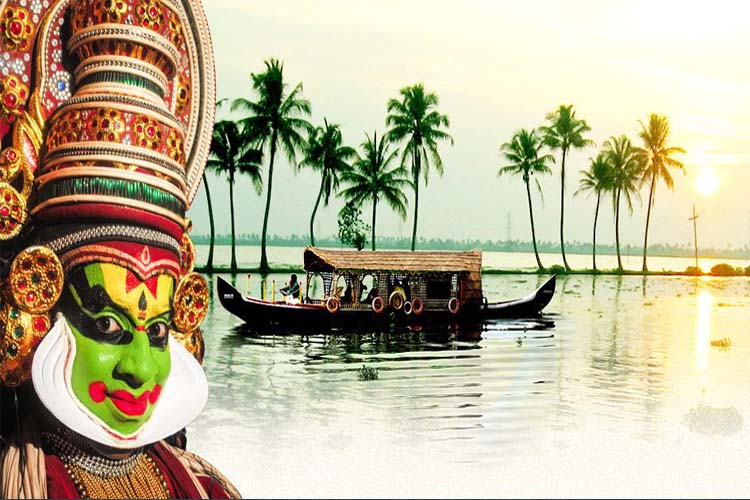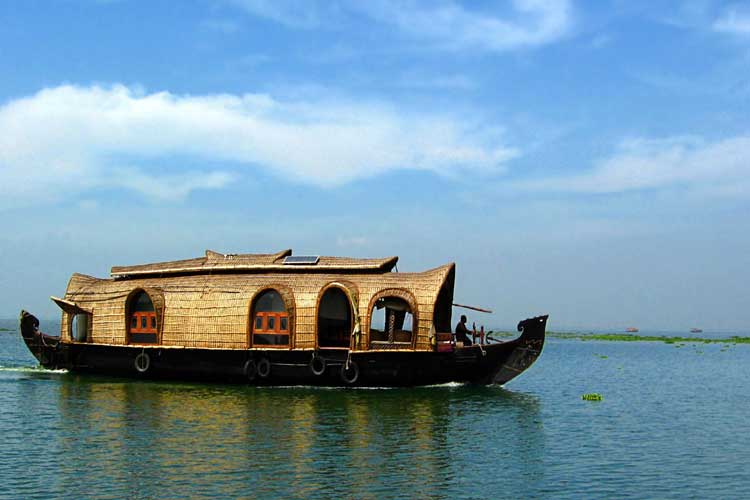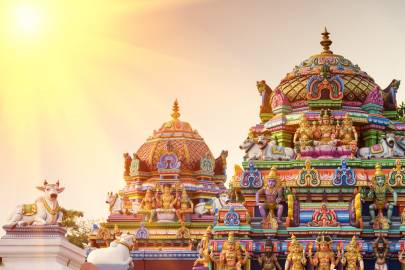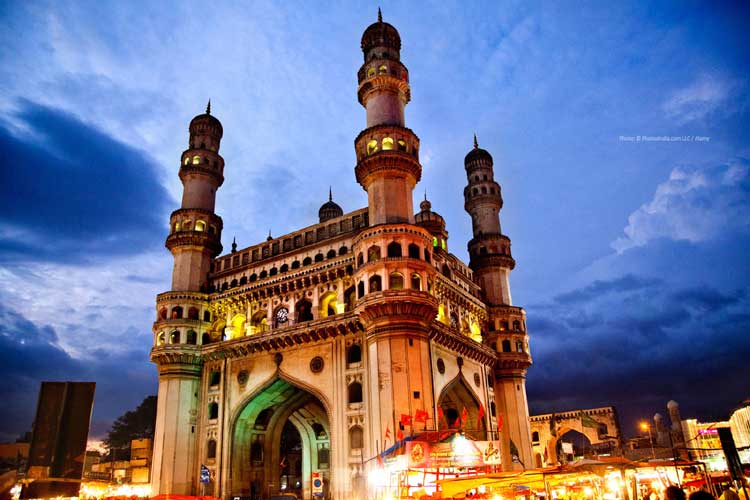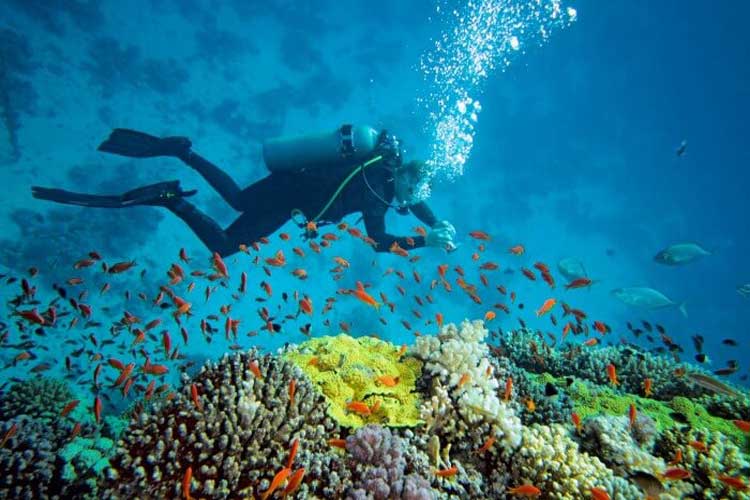South India is the area encompassing the Indian states of Andhra Pradesh, Karnataka, Kerala, Tamil Nadu and Telangana as well as the union territories of Andaman and Nicobar, Lakshadweep and Puducherry, occupying 19.31% of India’s area. Covering the southern part of the peninsular Deccan Plateau, South India is bounded by the Bay of Bengal in the east, the Arabian Sea in the west and the Indian Ocean in the south. The geography of the region is diverse with two mountain ranges – the Western and Eastern Ghats, bordering the plateau heartland. Godavari, Krishna, Kaveri, Tungabhadra and Vaigai rivers are important non-perennial sources of water. Bangalore, Chennai, Hyderabad, Coimbatore and Cochin are the largest urban areas.
The languages that have official status in one or more of the states and union territories located in South India are Tamil, Telugu, Kannada, Malayalam, Urdu and Konkani.
The region has a tropical climate and depends on monsoons for rainfall. The tropical wet and dry climate, drier than areas with a tropical monsoon climate prevails over most of inland peninsular region except for a semi arid rain shadow east of the Western Ghats. The south – west Monsoon from June to September accounts for most of the rainfall in the region. The Arabian Sea branch of the south – west monsoon hits the Western Ghats along the coastal state of Kerala and moves northwards along the Konkan coast with precipitation on coastal areas, west of the Western Ghats. The lofty Western Ghats prevent the winds from reaching the Deccan Plateau – hence the leeward region (the region that deprived of winds) receives very little rainfall. The Bay of Bengal branch of south-west monsoon heads toward north east India, picking up moisture from the Bay of Bengal. The Coromandel coast does not receive much rainfall from the south-west monsoon due to the shape of the land. Tamil Nadu and southeast Andhra Pradesh receive rains from the nort – east Monsoon. The north-east monsoon take place from November to early March when the surface high – pressure system is strongest. The North Indian Ocean tropical cyclones occur throughout the year in Bay of Bengal and Arabian sea bringing devastating winds and heavy rainfall.



